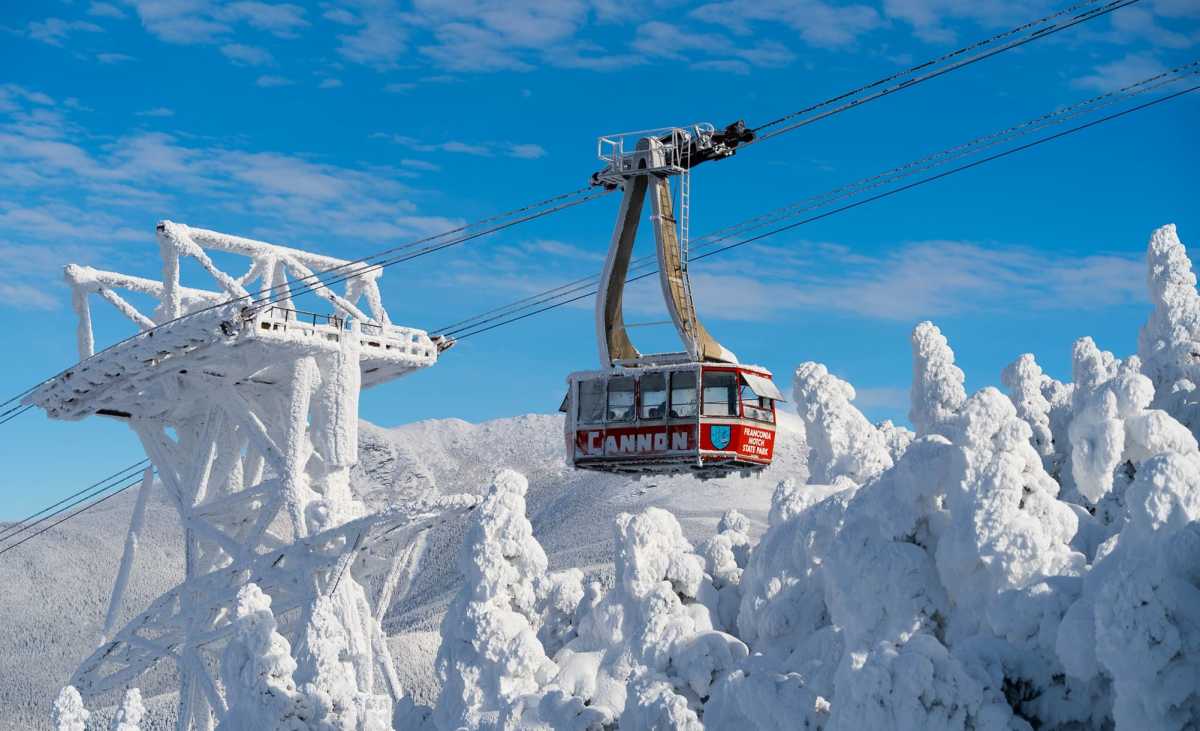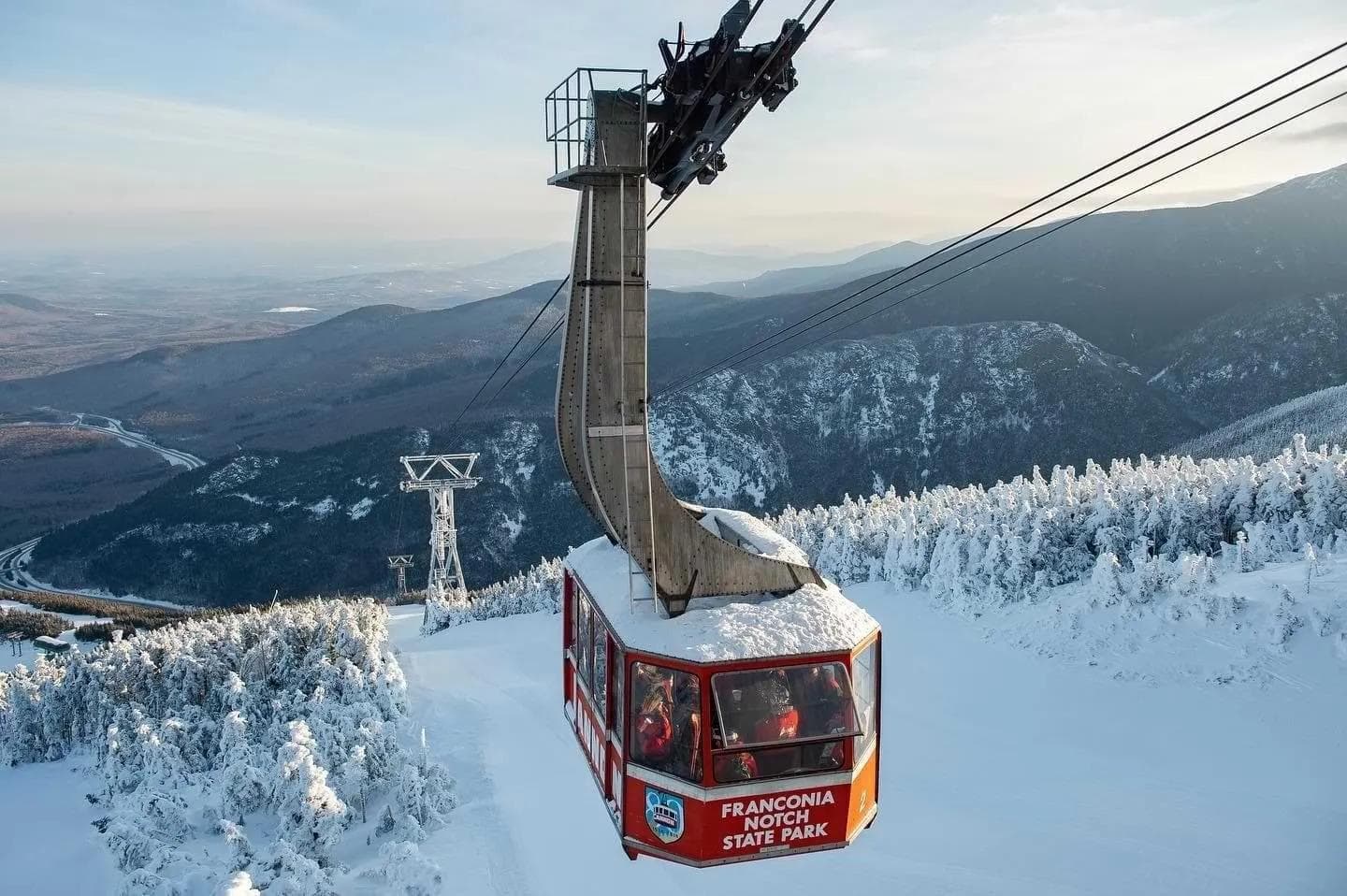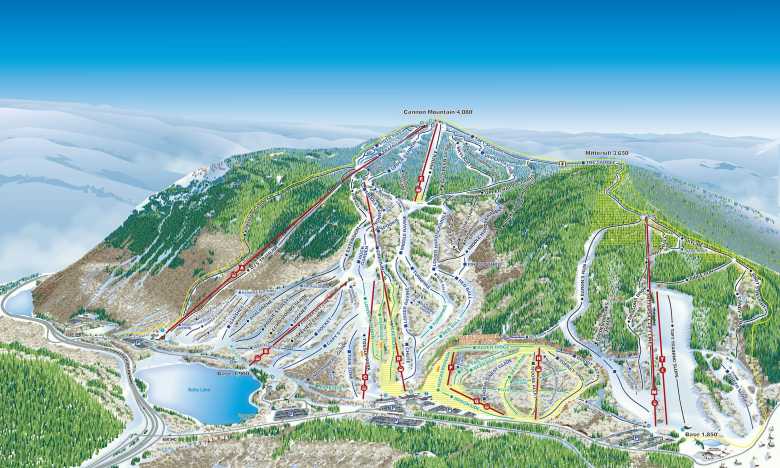
Cannon Mountain's Aerial Tram Set for Retirement: What It Means for Skiers
Published Date:
Categories
Cannon Mountain's Iconic Tram Faces Final Run
Cannon Mountain has announced the retirement of its 45-year-old aerial tramway following the upcoming fall season. While the timing may seem odd given the approaching ski season, it's a calculated move for a lift that sees most of its use in summer. The tram currently operates only on weekends and holidays during winter, limiting its impact on ski operations.
The New Hampshire state-run resort plans to replace the ageing lift, with funding primarily sourced from a $27.2 million state allocation. Additional capital is also earmarked for the project, though exact figures remain undisclosed.

This development highlights the broader challenge facing North American ski resorts as they grapple with ageing infrastructure. Many lifts installed during the industry's expansion in the 1970s and 80s are nearing the end of their operational lives, necessitating significant capital investment.
Cannon's approach of securing state funding for the replacement showcases one potential model, though it's unlikely to be replicable for privately-owned resorts. The project's hefty price tag also raises questions about the long-term viability of aerial tramways in the ski industry, given their high costs and limited skier capacity compared to modern gondolas or chairlifts.
The resort plans to conduct a structural analysis to determine refurbishment needs for towers, foundations, and terminals. This assessment will also inform design requirements for the new tram. While necessary, this process is likely to extend the timeline for installing a replacement, potentially impacting operations for multiple seasons.

For skiers and riders, the tram's retirement marks the end of an era but is unlikely to significantly affect on-snow operations given its limited winter schedule. The more pressing concern is how long Cannon Mountain may be without a summit lift during the replacement process.
More broadly, this development serves as a wake-up call for the industry. As iconic lifts reach the end of their service lives, resorts face tough decisions balancing nostalgia, operational needs, and financial realities. Skiers should expect to see more announcements of major lift retirements and replacements in the coming years, particularly at resorts with infrastructure dating to the 70s and 80s.
While Cannon Mountain frames the tram retirement in positive terms, the reality is that replacing such a significant piece of infrastructure is a complex, expensive undertaking. How smoothly this transition goes - and how quickly a new lift is installed - will be closely watched by industry observers as a potential blueprint for other resorts facing similar challenges.



